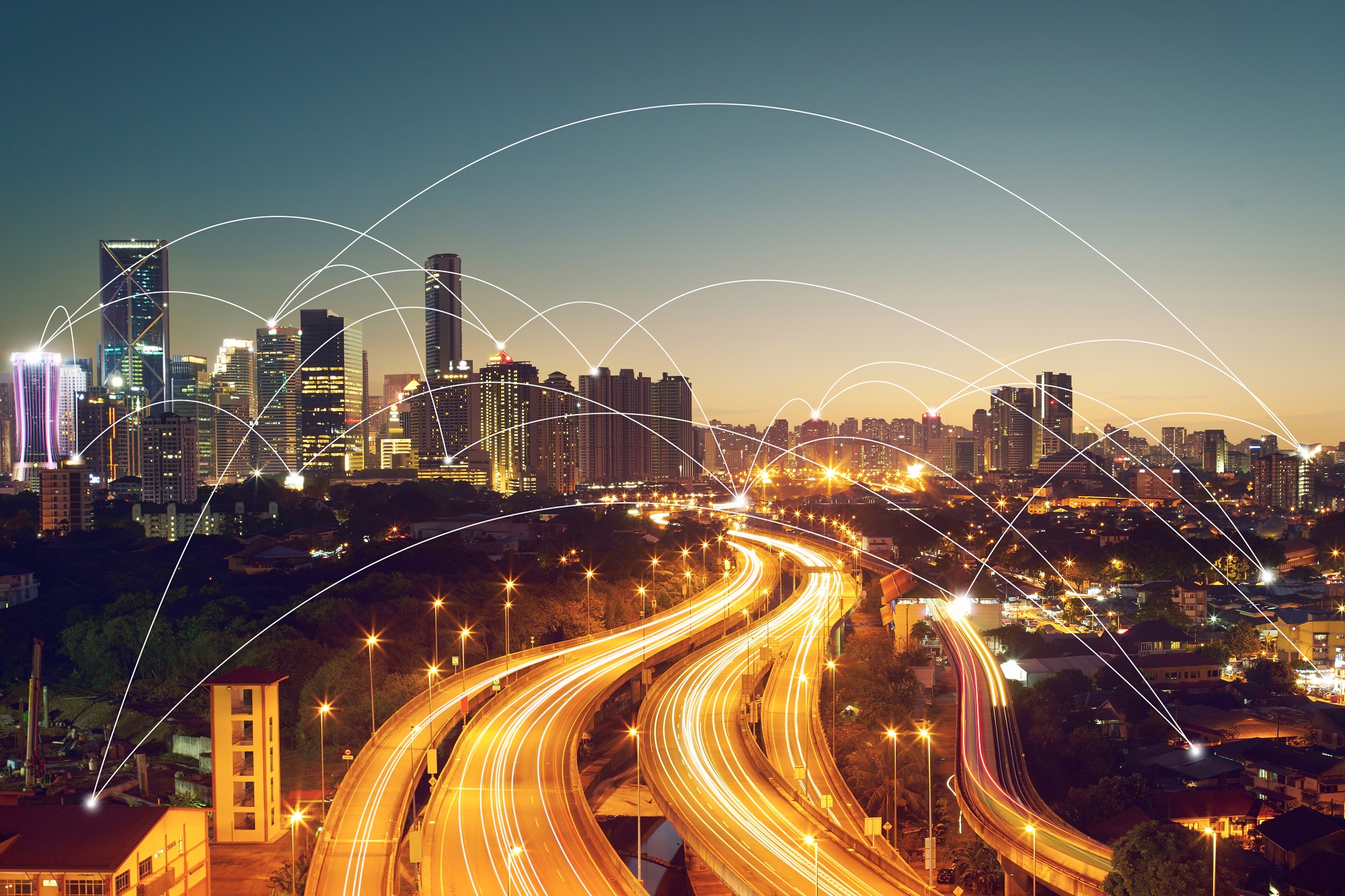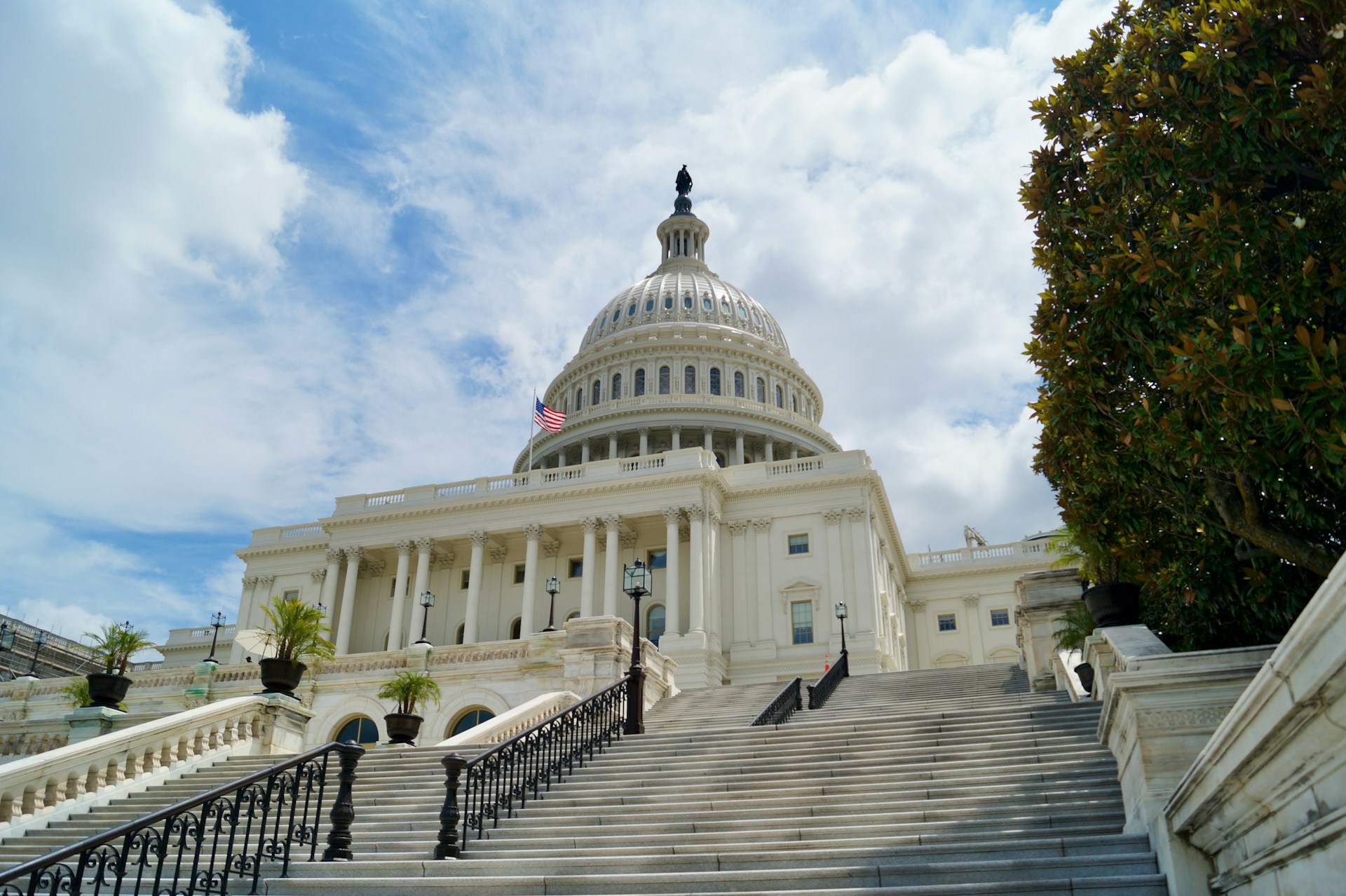Enabling Active Efficiency through Digitalization
Let's Save Energy
Alliance to Save Energy's Blog

In a matter of decades, digital technologies have transformed our lives on an individual and societal level – and it’s just the beginning. From 3D printing to self-driving vehicles, digital applications will continue to define and drive innovation across sectors. Energy efficiency is no exception: The Alliance’s Active Efficiency Collaborative is working to accelerate the integration of traditional energy efficiency measures with digital technologies to drive further efficiency gains.
So, what exactly does digitalization mean? The International Energy Agency (IEA) defines it as “the growing application of information and communications technology (ICT) across the economy, leading to increasing volumes of data, rapid progress in advanced analytics, and greater connectivity between humans, devices and machines (including machine-to-machine).” While this term is often used interchangeably with “digitization,” the two should not be confused: digitization is simply the conversion of analog information to a digital mode. Digitalization and digital transformation go one step further by incorporating data gathering and analysis, with powerful system-level implications. Think artificial intelligence (AI), blockchain, and cloud computing software.
Increasingly, these technologies allow us to optimize the use of energy in previously unimaginable ways. In a May EE Global Webinar, panelists from Intel, Johnson Controls, and Sourcemap discussed the potential and importance of digitalization for responding to both COVID-19 and the climate crisis. For example, during the ongoing health crisis, digital tools are allowing countries to efficiently conduct contact tracing, infection screening, telehealth, and remote learning.
Digitalization also can be applied to decarbonization strategies to address the climate crisis. For example, the buildings sector is a significant contributor to greenhouse gas (GHG) emissions, responsible for nearly a whopping 40% of global carbon dioxide emissions. As emissions from the built environment continue to rise, digital technologies including AI, smart meters, and Internet of Things (IoT) devices can process data in ways that enable humans to make energy-efficient choices or automatically optimize energy use. This can bring about huge energy and emission savings, reduce ratepayer costs, and improve grid flexibility.
These benefits are even more significant when scaled at a systems level across buildings and the grid – such as through the proliferation of grid-interactive efficient buildings (GEBs). Clay Nesler, Interim President of the Alliance to Save Energy, illustrated the enormous potential for GEBs during the webinar by showcasing the Powerhouse Brattorkaia in Trondheim, Norway. The building is already an energy positive building, meaning that it produces more energy than it requires, employing a microgrid to capture solar energy and store it when needed. What takes it to the next level are the digital tools that connect the building’s technical systems for remote control to enhance overall energy use and operations. Stephen Harper, Global Director of Environment and Energy Policy at Intel, also underscored the importance of digitalization in creating the buildings of the future during the May webinar: Intel, along with Tatung and ECS, developed a building management platform (BMP) that uses IoT technology to not only control equipment operations but also gather and analyze large volumes of building energy data.
From hotels to laboratories, smart building technologies can pinpoint where greater energy savings can be achieved in order to take action accordingly, leading to reductions in energy consumption of 6-40%. And the benefits of digitalization are not limited to the buildings sector: The growing use of ICT is driving efficiency gains in the transportation sector as well. For example, improved analytic capabilities and sensor installations can optimize routes for ships and aircrafts, leading to lower energy use and maintenance costs. Electric vehicle (EV) smart charging is another digitalization strategy that greatly benefits the grid by reducing peak electricity demand. Research suggests that by 2040, there could be 500 million EVs on the road, highlighting the importance of enabling vehicle-to-grid integration through smart technologies.
However, all technologies come with challenges. Moving forward, we will have to contend with data security and privacy concerns as well as substantial investment costs in infrastructure. We also need to develop and implement policies and programs to make digitalization a central part of energy efficiency activities. We cannot achieve the full potential of efficiency gains without a clear vision of how to deploy digitalization at scale, and we look forward to finding solutions as part of the Collaborative’s mission.
Learn more about the Active Efficiency Collaborative’s work and how to join here.
RECENT BLOG POSTS
STAY EMPOWERED
Help the Alliance advocate for policies to use energy more efficiently – supporting job creation, reduced emissions, and lower costs. Contact your member of Congress.
Energy efficiency is smart, nonpartisan, and practical. So are we. Our strength comes from an unparalleled group of Alliance Associates working collaboratively under the Alliance umbrella to pave the way for energy efficiency gains.
The power of efficiency is in your hands. Supporting the Alliance means supporting a vision for using energy more productively to achieve economic growth, a cleaner environment, and greater energy security, affordability, and reliability.



